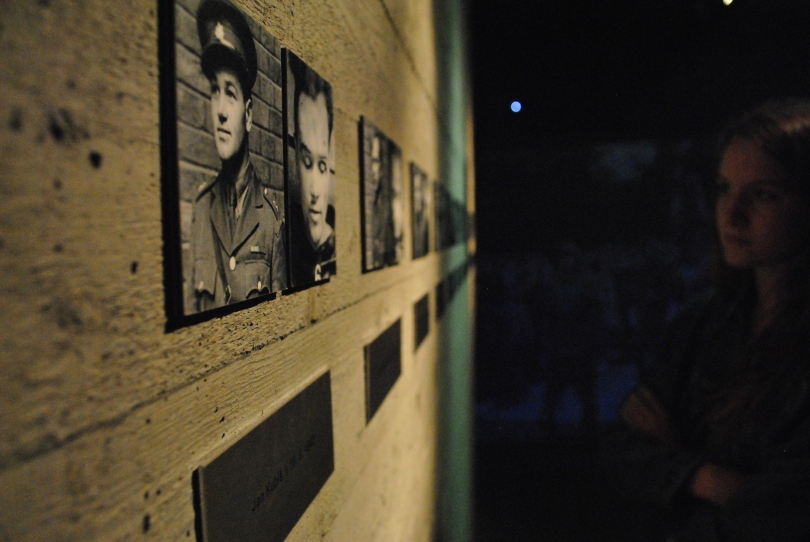
Doris Schimmerlingova, a survivor of the Terezín concentration camp just an hour north of Prague, thumbs through photos of herself during her three years in the camp. She was a shepherdess, a job she was lucky to have, she says, because it spared her hard, merciless labor and let her enjoy the outdoors.
SMALL WONDER
My classmates and I took a trip to Terezín, an old military base that was used as a concentration camp and Jewish ghetto during World War II. We were accompanied by the kindhearted, humble and quick-witted Dorish Schimmerlingova, who survived Terezín during World War II. As we walked through the Ghetto Museum, Doris pointed out names written all over the museum.
“He died, and he died, and he died,” Doris said. “I knew him, but he is dead, too.”
Doris was taken from her village in Moravia when she was just 14 and placed in the Jewish ghetto of the Terezín compound, an hour north of Prague. She worked there until the end of the war, when she was 17, as a shepherdess. She said those sheep were her saving grace. If not for the “stupid but nice” animals, life in the Terezín ghetto would have been very different, Doris said.
One of her most vivid memories of her time at Terezín is of reading a book–which was strictly forbidden in the camp–while tending to her sheep, when she saw a shadow fall across her lap. She looked up to see Commandant Karl Rohm, the SS military leader who headed the entire compound, staring down at her from atop his huge black horse.
“He could have shot me right there,” Doris said. “But he didn’t. He just turned and rode off.”
Doris and her mother were separated from her brother and father during their internment. While Doris’ grandparents, mother and father were all murdered, she and her brother found their way back to each other after the war, even though they had believed the other to be dead.
When they found each other, they learned of the magnitude of Adolf Hitler’s horrors against humanity. In Terezín, Doris had not known what was happening to other Jews all over Europe. But when she learned, it broke her heart.
“It was very shocking,” Doris said, “because you always hoped someone would come.”
While Doris said it never gets easier to return to Terezín, she keeps going back because it’s important.
“I have to tell the story,” Doris said. “You have to know. And you are all very nice, so I don’t regret coming back here with you.”
